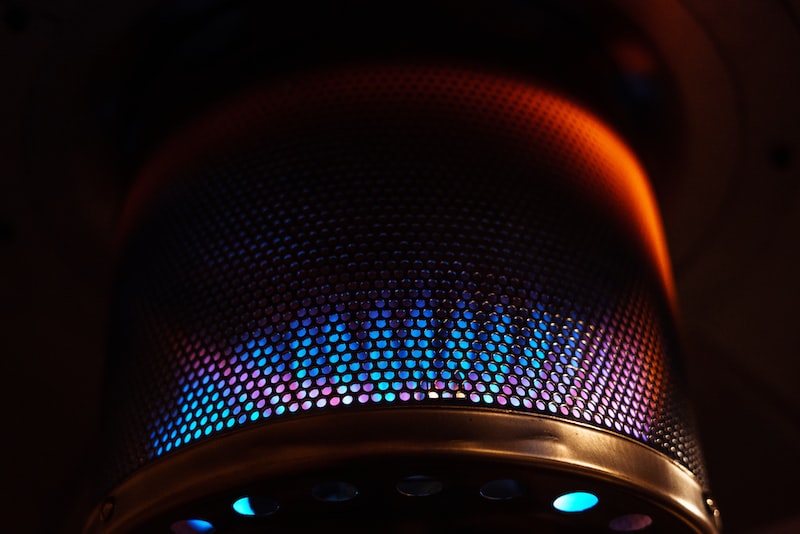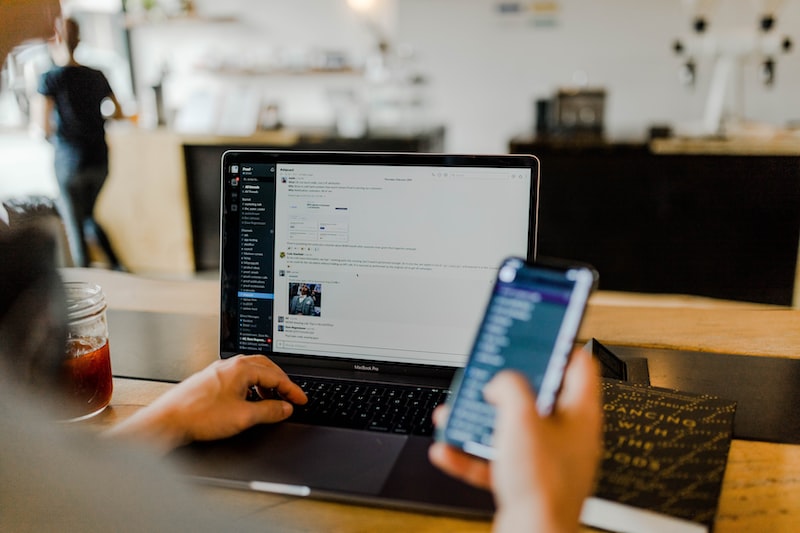Table of Contents
Are you curious about the fascinating world of NFTs? The NFT minting process is where it all begins, transforming your digital creations into unique tokens that can be bought, sold, and owned. In this step-by-step guide, we’ll walk you through the process of minting an NFT, demystifying the technical jargon along the way.
Step 1: Choose a Platform
To get started, select a reliable NFT marketplace or platform to mint your token. Popular choices include OpenSea, Rarible, and Mintable. These platforms provide user-friendly interfaces and robust features for creators.
Step 2: Create Your Wallet
Next, you’ll need to set up a cryptocurrency wallet that supports the blockchain network used by your chosen platform. Ethereum is the most common blockchain for NFTs. Consider wallets like MetaMask or Trust Wallet, which allow you to securely store and manage your digital assets.
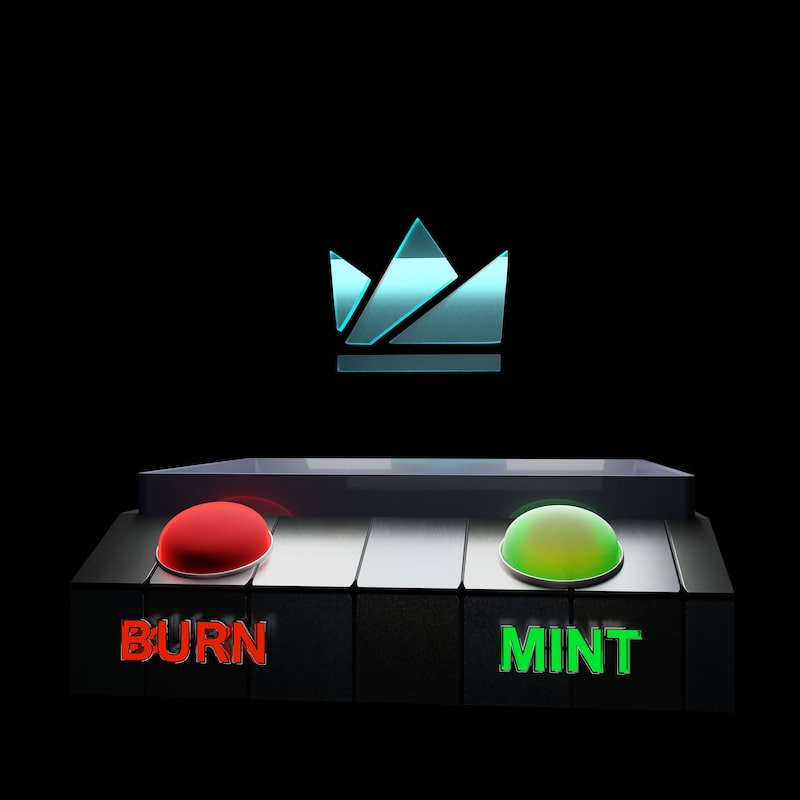
Step 3: Prepare Your Artwork
Now comes the exciting part – preparing your artwork for minting. Ensure your digital creation meets the platform’s guidelines for file formats, size, and resolution. You want to showcase your art in the best possible light.
Step 4: Upload and Mint
Once your artwork is ready, navigate to the chosen platform and locate the option to create or mint an NFT. Follow the prompts, upload your artwork, provide relevant details such as title and description, and select any additional properties or royalties you wish to attach to your NFT.
Step 5: Pay Gas Fees
As with any transaction on the blockchain, minting an NFT incurs gas fees to process and validate the transaction. Gas fees vary depending on network congestion and complexity. Be prepared to pay these fees in cryptocurrency, typically in Ether (ETH).
Step 6: Confirm and Wait
After paying the gas fees, carefully review the transaction details and confirm the minting process. Now, it’s time to be patient. Blockchain networks require some time to process and validate transactions. Once confirmed, your newly minted NFT will be visible on the platform for others to discover and potentially purchase.
The NFT minting process opens up a world of possibilities for creators, enabling them to monetize their digital creations and engage with a global community of collectors. With this step-by-step guide, you’re now equipped to embark on your own NFT journey. Happy minting!
Unlocking the Digital Revolution: Exploring the Fascinating World of NFT Minting
Are you ready to dive into the fascinating world of NFT minting? Buckle up and prepare to unlock the digital revolution! In this article, we’ll explore the captivating realm of non-fungible tokens (NFTs) and how they are created through a process called minting.
But first, let’s unravel the mystery behind NFTs. Unlike cryptocurrencies such as Bitcoin or Ethereum, NFTs represent unique digital assets that can be bought, sold, and owned. These assets can range from digital art pieces, virtual real estate, collectibles, music, videos, and much more. NFTs have taken the art world by storm, providing artists with new opportunities to showcase and monetize their creations in the digital space.
Now, let’s delve into the process of minting an NFT. Minting refers to the creation of a unique token on a blockchain network. The most common blockchain used for NFT minting is Ethereum due to its robust infrastructure and support for smart contracts. Artists and creators who wish to mint their work as an NFT must follow a few simple steps.
First, they need to choose a suitable NFT marketplace like OpenSea or Rarible. These platforms provide a user-friendly interface for minting and trading NFTs. Once registered, artists can upload their digital files, whether it’s a painting, photograph, or any other form of digital artwork.
Next comes the exciting part—defining the properties of the NFT. This includes adding a title, description, and relevant tags to help potential buyers discover the artwork. Additionally, artists can set a price or choose to auction their NFT. They may also decide whether to retain royalties, earning a percentage each time their NFT is resold.
Once all the details are filled out, artists can hit the mint button, and voila! Their artwork is transformed into a unique, indivisible token on the blockchain. This minted NFT now holds a permanent record of ownership, authenticity, and provenance.
The world of NFT minting is like a digital gallery where creators can showcase their talent and enthusiasts can explore a wealth of unique digital assets. It’s an avenue that opens up endless possibilities for artists, collectors, and investors alike.
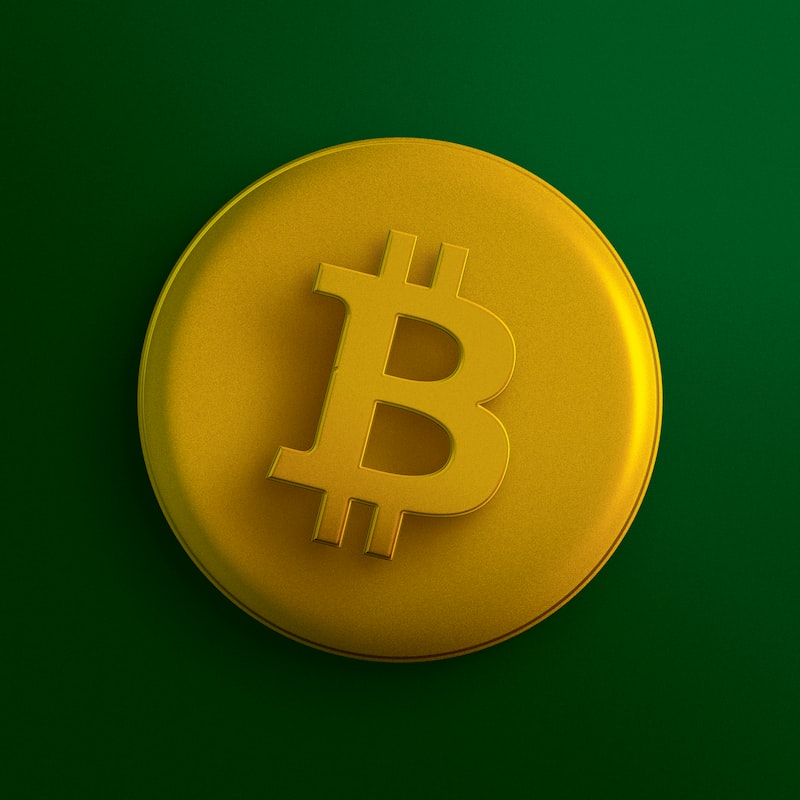
So, whether you’re an artist looking to make your mark or simply curious about the digital revolution, NFT minting offers a captivating journey into a realm where creativity meets technology. Get ready to unlock the door to this fascinating world and embrace the future of digital ownership!
From Concept to Collectible: Demystifying the Step-by-Step Process of NFT Minting
Have you ever wondered how digital artworks become collectible treasures in the form of Non-Fungible Tokens (NFTs)? The process of NFT minting may seem mysterious, but it follows a step-by-step journey from concept to a valuable digital asset. Let’s demystify this fascinating process and explore how artists can turn their creations into sought-after NFT collectibles.
Firstly, the journey begins with an idea—an artist’s vision waiting to be brought to life. Whether it’s a stunning painting, a mesmerizing animation, or a captivating photograph, the concept must be transformed into a digital format. Artists harness their creativity and technical skills to create a high-quality digital representation of their artwork.
Once the digital creation is ready, the next crucial step is selecting a suitable blockchain platform to mint the NFT. Ethereum, Binance Smart Chain, and Flow are among the popular choices. Each platform has its own unique features and benefits, so artists need to consider factors like transaction fees, network scalability, and community support when making their decision.
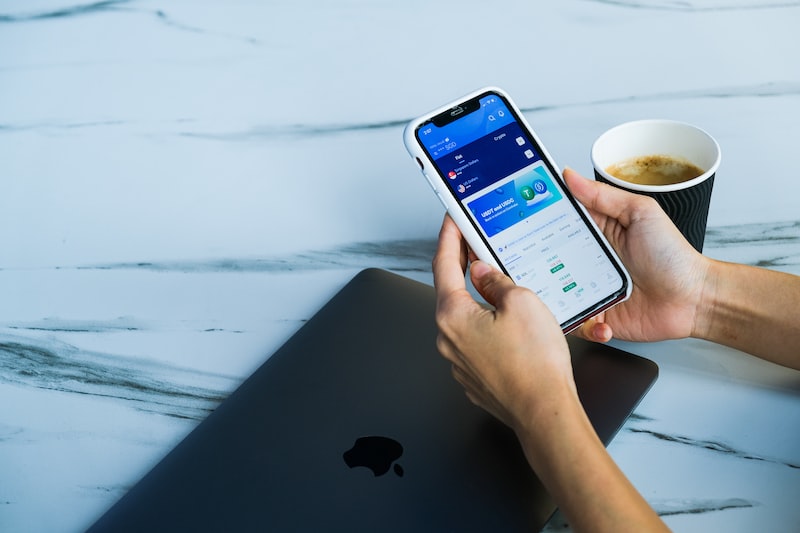
With the chosen blockchain platform in place, artists proceed to mint their NFTs. Minting involves uploading the digital artwork to the selected platform, which then generates a unique token representing that specific piece. This token acts as an irrefutable proof of authenticity and ownership on the blockchain.
To enhance the appeal and value of their NFTs, artists often incorporate additional metadata. This metadata includes details such as the artwork’s title, description, edition number (if applicable), and any special attributes or unlockable content. These elements provide collectors with a deeper understanding of the artwork and make it more enticing.
Finally, artists set their desired price for the NFT and choose whether to release it through an auction or a fixed-price listing. This step allows artists to monetize their creations and enables collectors to acquire unique digital assets they find appealing. The NFT is now ready to be showcased and traded on various NFT marketplaces.
From concept to collectible, the process of NFT minting involves transforming an artist’s vision into a unique digital asset that can be owned, bought, and sold. It combines creativity, technology, and blockchain infrastructure to create a new frontier for art appreciation and ownership. As the popularity of NFTs continues to rise, the journey from concept to collectible is becoming an increasingly exciting and rewarding endeavor for artists and collectors alike.
Creating Digital Masterpieces: A Comprehensive Guide to NFT Minting for Artists
Are you an artist looking to dive into the world of digital art and NFTs? Look no further! In this comprehensive guide, we will walk you through the process of NFT minting, allowing you to transform your artwork into unique digital masterpieces that can be bought, sold, and owned on the blockchain.
So, what exactly is an NFT? Non-Fungible Tokens, or NFTs, are digital assets that represent ownership or proof of authenticity of a specific item. Unlike cryptocurrencies such as Bitcoin or Ethereum, NFTs are one-of-a-kind and cannot be exchanged on a like-for-like basis. Each NFT carries a distinct value and serves as a digital certificate of ownership.
To start minting your own NFTs, you’ll need to follow a few key steps. First, choose an NFT marketplace that aligns with your artistic goals and values. Some popular platforms include OpenSea, Rarible, and SuperRare. Each platform has its own unique features, so take the time to explore and find the one that suits you best.
Next, prepare your artwork for minting. Ensure that your digital masterpiece meets the platform’s specifications in terms of file format, size, and resolution. You want your artwork to look stunning and captivating to potential buyers, so pay attention to the details.
Once your artwork is ready, it’s time to mint your NFT. Most platforms require you to connect a digital wallet, such as MetaMask, to complete the minting process. Think of your wallet as a virtual bank account for your digital assets. It allows you to securely store, manage, and sell your NFTs.
After connecting your wallet, upload your artwork and provide the necessary information, including a title, description, and tags. These details help potential buyers discover and understand your artwork. Be descriptive and engaging, telling the story behind your creation.
Setting a price for your NFT is another crucial step. Consider factors such as the demand for your art, your reputation as an artist, and the current market trends. You can choose to sell your NFT at a fixed price or set it up for auction, allowing buyers to bid on your artwork.
Congratulations! Your artwork is now minted as an NFT and ready to be showcased and sold in the digital art world. Promote your NFT through social media, art communities, and collaborations with other artists to maximize exposure.
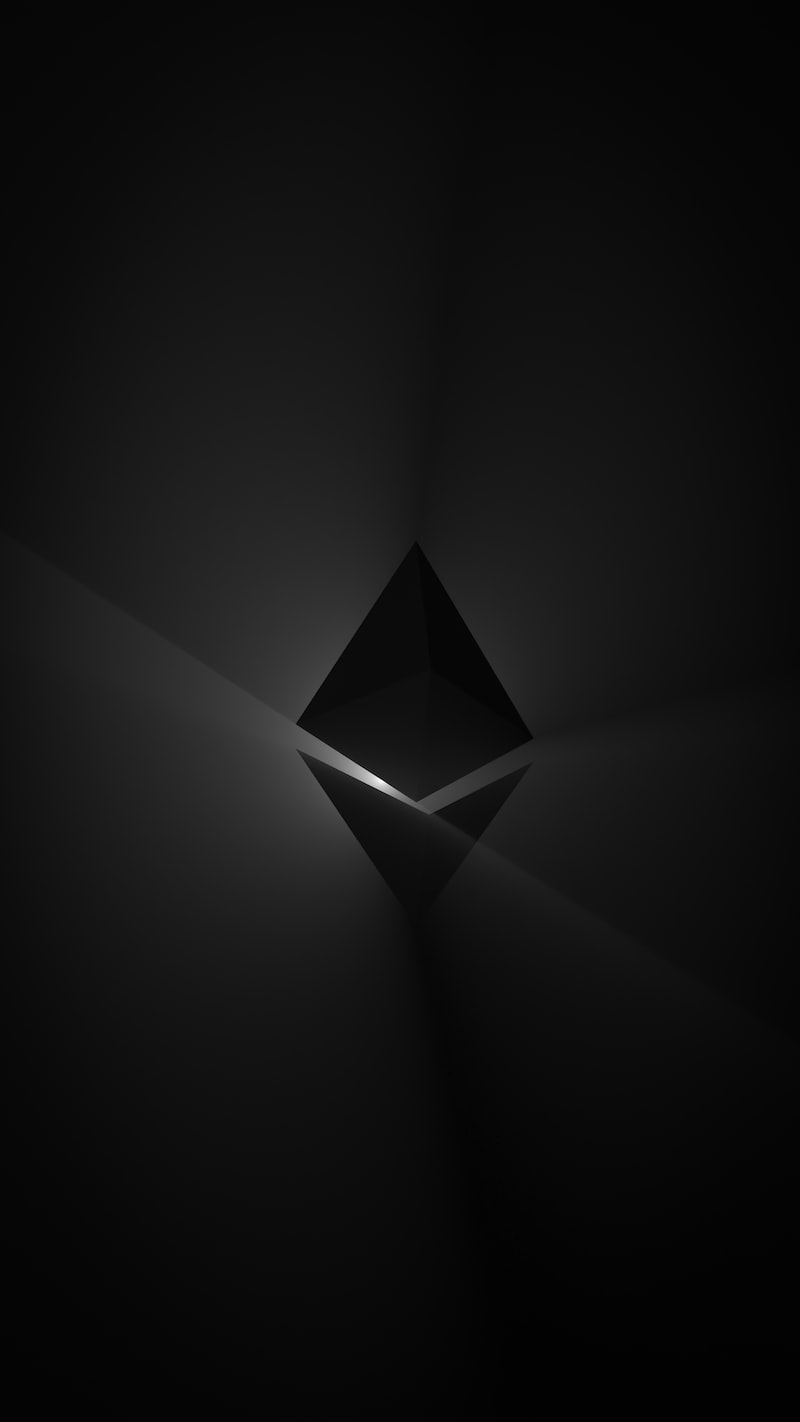
Remember, the NFT space is constantly evolving, so stay informed about new trends, regulations, and opportunities. Embrace the potential of this exciting digital frontier and let your creativity soar as you create and share your unique digital masterpieces with the world.
The Rise of Digital Ownership: How NFT Minting is Transforming the Art and Collectibles Market
The art and collectibles market is experiencing a revolutionary transformation with the rise of digital ownership and the advent of NFT minting. But what exactly are NFTs, and how do they impact the traditional art world?
NFT stands for Non-Fungible Token, a type of digital asset that represents ownership or proof of authenticity of a unique item. Unlike cryptocurrencies such as Bitcoin or Ethereum, which are fungible and can be exchanged on a one-to-one basis, NFTs are indivisible and irreplaceable. They are built using blockchain technology, which ensures transparency and security.
So, what does this mean for artists and collectors? Well, NFTs provide a new way for artists to monetize their digital creations. Before the advent of NFTs, digital art could easily be copied and shared without compensating the artist. However, by minting their work as an NFT, artists can establish verifiable ownership and sell their digital art directly to collectors on various online platforms.
Collectors, on the other hand, now have the opportunity to own unique and rare digital items. Whether it’s a one-of-a-kind artwork, a virtual piece of land in a metaverse, or a memorable moment from a sports game, NFTs offer a sense of exclusivity and ownership that was previously limited to physical objects.
One of the key advantages of NFTs is the ability to embed smart contracts within them. These contracts can automatically ensure that artists receive royalties each time their NFT is sold or traded in the secondary market. This has the potential to revolutionize the art market, providing ongoing income for artists even after the initial sale.
However, as with any emerging technology, challenges and concerns exist. Environmental impact, high transaction fees, and issues surrounding copyright infringement and plagiarism are areas that need to be addressed as the NFT market continues to evolve.
the rise of digital ownership through NFT minting is transforming the art and collectibles market. Artists can now monetize their digital creations, while collectors can enjoy unique ownership experiences. With the potential for smart contracts and ongoing royalties, NFTs bring exciting opportunities for artists and collectors alike. As this technology matures, addressing its challenges will be crucial for a sustainable and inclusive future in the world of digital art and collectibles.


